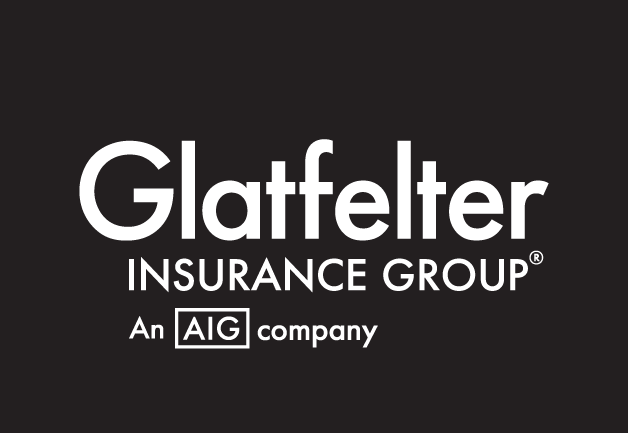With your team constantly on the move, you need a comprehensive safe driver program.
A joint report was published by OSHA, the NHTSA and NETS that shed light on some scary statistics:
- Every 12 minutes someone dies in a motor vehicle crash.
- Every 10 seconds a motor vehicle crash-related injury occurs.
- Every 5 seconds a crash occurs.
We assume that we won’t become dangerous drivers when drowsiness hits. We make the mistake of thinking that we can multi-task – that while we’re taking a quick peek at our phone or the radio, or reaching for the drink sitting in the cup holder, that a new obstacle won’t pop up – while we’re completely unfocused. We think our medications won’t impair our ability to operate a vehicle we drive every day. We often believe that we’re not a risk to everyone on the roads, or to ourselves.
But here’s the reality: vehicular accidents are the leading cause of death and injury for all ages. And they cost employers a fortune – employers like you.
Promoting safe driving can help your team stay safe, while also protecting your bottom line. When your team is traveling to visit clients and patients, they need to be equipped with the knowledge of your organization’s driving guidelines, as well as a plan they can put into place if they run into trouble on the road.
It’s estimated that over 90% of crashes are caused by human error, and our claims data shows that auto liability is a loss leader in hospice and home care industries.
Driver training is a critical part of a comprehensive safety program. We have several resources to help you begin building a program that will guide your team:
- Driving Distracted
How can you address the risks of distracted driving in your organization? We’ll address how you can create a culture of safety, and provide policies and procedures that can be implemented. The idea of a cell phone ban is introduced with details and helpful guidelines for your organization, as well.
- Vehicle Fleet Risk Control
No matter the number of vehicles in your fleet, and whether your organization owns them, leases them or allows team members to drive personal vehicles, fleet management is essential. We’ll cover everything from driver training and communication to accident reporting and vehicle selection.
- Non-owned Auto Exposure
Your team is traveling every day – no matter the time, day or location; they face risks while on the road. When using personal vehicles, it’s imperative that you implement comprehensive employee screening, create safe schedules that are spaced appropriately to avoid the stress of not making it to the next appointment on time, and train your drivers thoroughly.
- Driver Monitoring Systems
Once you’ve trained your drivers, chosen the best vehicles for the job and created safe scheduling guidelines, how can you verify that the practices you’ve implemented are being used? We’re discussing the options your fleet manager can utilize that may help prevent an accident or investigate issues that have occurred.
- Driver’s Accident Reporting Packet
In the incident of a vehicular accident, prepare your team with the resources they’ll need. Provide them with documentation tools that stay in the vehicle at all times for quick and simplified access. Ensure they are also using certain best practices, such as obtaining information from police regarding any other vehicles involved and taking photos of the damage to vehicles.
This is just the starting point of a comprehensive driver safety program for your organization. If you’re sharing these resources with your team, you’re taking steps in the right direction – but building a plan that works for your organization will require research, analysis and testing what works for your staff.
How does your organization prioritize safe driving? Let us know what works for your team by commenting below!
Betty Norman, Glatfelter Healthcare
DISCLAIMER
The information contained in this blog post is intended for educational purposes only and is not intended to replace expert advice in connection with the topics presented. Glatfelter specifically disclaims any liability for any act or omission by any person or entity in connection with the preparation, use or implementation of plans, principles, concepts or information contained in this publication.
Glatfelter does not make any representation or warranty, expressed or implied, with respect to the results obtained by the use, adherence or implementation of the material contained in this publication. The implementation of the plans, principles, concepts or materials contained in this publication is not a guarantee that you will achieve a certain desired result. It is strongly recommended that you consult with a professional advisor, architect or other expert prior to the implementation of plans, principles, concepts or materials contained in this publication.
This blog post may contain the content of third parties and links to third party websites. Third party content and websites are owned and operated by an independent party over which Glatfelter has no control. Glatfelter makes no representation, warranty, or guarantee as to the accuracy, completeness, timeliness or reliability of any third party content. References to third party services, processes, products, or other information does not constitute or imply any endorsement, sponsorship or recommendation by Glatfelter, unless expressly stated otherwise.
Related posts
The challenges that caregivers face are not easy. We compiled some quick tips for managing family interactions in hospice and palliative care settings.
In summer 2024, weather will be unpredictable, but these are the weather events you can expect, depending on location.
There's so much to learn about nursing, but here's 10 fascinating facts as we celebrate National Nurses week.











Submit a Comment